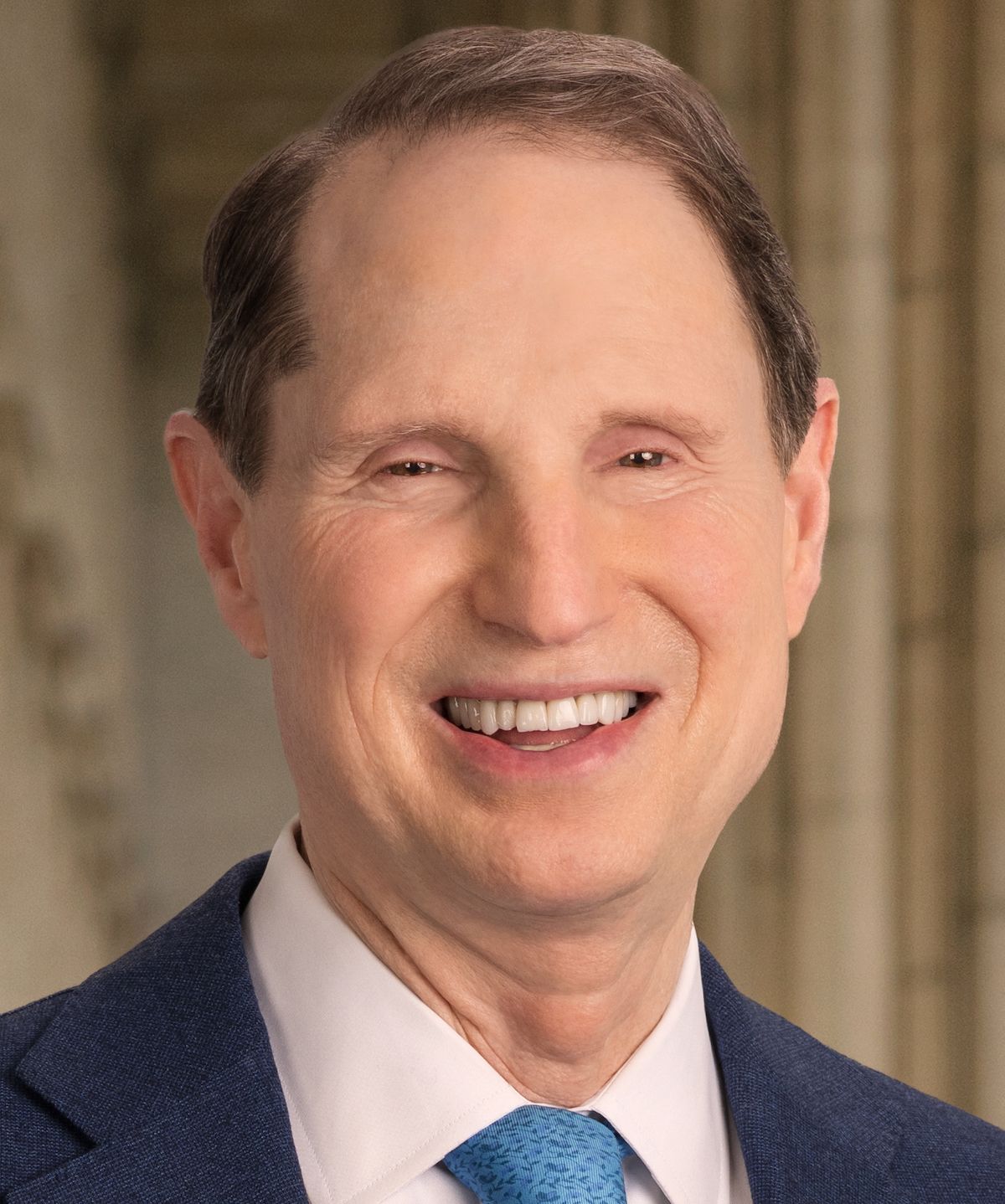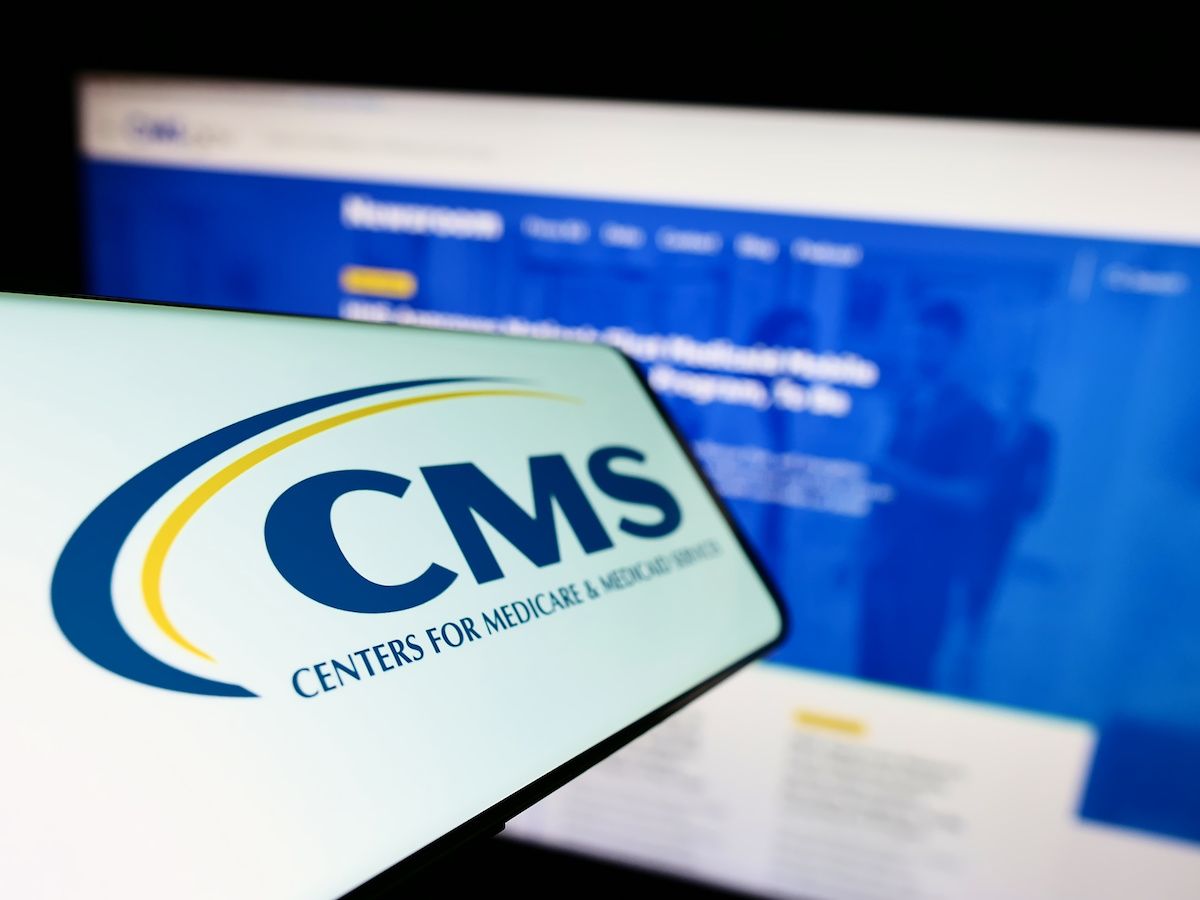Article
Your Voices
On retirement, On imaging studies, and why I order lots, On today's older patients
Your Voices
Compiled by Marianne Dekker Mattera
On retirement
"The most insidious fellow traveler of retirement, beyond boredom, is perceived irrelevance. Physicians, accustomed to busy lives and deep interpersonal involvement, are especially susceptible to what I call retirement anhedonia (RA). The 'Post-Docs' of New Jersey may have discovered an antidote. Our metaphorical Rx requires equal parts of scheduled meetings, interactive updating on medical and paraprofessional worlds, sympathy, and support prnall encompassed in an excipient composed of fellowship and humor. In the absence of double-blind controls, evidence suggests that the treatment works!
Several years ago, a group of retired doctors, now dispersed throughout the suburbs of Newark, met to reminisce about the early days in the then progressive medical environment of the core city. The experience was so successful that lunch on the second Tuesday of every month now serves as our link to medicine and each other.
We are a disparate group, but we keep up with news of the local medical world and its ongoing intrigues and seek out provocative lectures and courses. One of our number still teaches at the University of Medicine and Dentistry of New Jersey, and another sees patients occasionally (they benefit from the multiple 'consultations' when cases are reviewed over lunch). The founder of the group is the youngest and is still clinically active. He employs our RA antidote prophylactically.
We speak the same language, recall the 'golden days' of medical practice, and share a similar social and professional heritage. No longer chief of service, director of education, or president of the board, we are mature physicians whose esteem for our profession and respect for our shared history sustains and strengthens clinical retirement. The Post-Docs represent a potent force in helping each participant retain the ethos and pride of THE DOCTOR. RA is effectively contained."
Sanford M. Lewis, internist, South Orange, NJ
On imaging studies, and why I order lots
"Recently, the medical director of one of the bigger HMOs in my area came to visitI was ordering too many imaging studies. I pulled a number of cases in preparation for the meeting. The first was of a young man with chronic low back pain but no radicular findings. I decided to order an MRI anyway; it showed an ependymoma of the meninges, which has the potential to become malignant if undetected. He had surgery and did well.
The next case was that of a woman who, recovering from an MI, developed midepigastric pain radiating to the right flank. She had imaging scans and dye studies of everything in the area. GI and rheumatology consults found nothing. Four months later, a repeat CT scan of the abdomen showed pancreatic cancer. She died in hospice. Earlier detection would have made no difference, but the patient and family were satisfied that everything that could have been done had been done.
The last case was that of a middle-aged man who came to the office complaining of pain in the right groin with intercourse. His BP was normal, and my exam was negative. I suggested a urology consult, but he never went. Two weeks later, he visited the ED complaining of pain from the right flank to the lower quadrant. There were some red cells in his urine, and the radiologist thought he could see a fleck of calcium at the ureteropelvic junction on IVP. His pain was treated with Toradol and he was told to follow up with me on Monday morning.
In the office, his vital signs were normal and he was comfortable on the medication. He had some minimal tenderness in the right lower quadrant over an appendectomy scar, and his urine was positive for heme, with no red cells. Something wasn't right. I requested a CT scan of the abdomen, scheduled for 8 o'clock the next morning.
When I got in the next day, I found that the radiology department had canceled the exam because the machine was down. I complained that there were two other scanners under the same roof and sent the patient back to the hospital immediately. The next call I got was early that afternoon from the medical examiner. En route to the hospital, my patient had driven off the road, dead of a ruptured abdominal aortic aneurysm. The malpractice suit was dropped after the hospital and radiology department settled. Had I not ordered the appropriate tests, I would have been tagged as well.
I suggested to the medical director that the problem was not so much what primary care physicians order, but rather how much is being charged on the other end by the consultants who do the studies.
The technology is there. The public is aware that the technology is there. If it is there, it is going to have to be used, even if the sole purpose is for reassurance. In the long run, imaging studies may even save money. As a senior neurologist put it years ago, prior to CT scans and MRIs: 'A squirt of dye is worth a whole room full of neurologists.' "
Perry Eck, internist, Fairport, NY
On today's older patients
I know I'm 85, Doctor. I still want a bypass.'
The patient was my elderly aunt, and her cardiologist frowned at her over his glasses.
'Miss Kenny, you must understand that you are not a candidate for such surgery. You are quite functional as it is. After all,' he repeated, 'you are 85.'
My aunt bristled. 'I am the sole caretaker of my 90-year-old sister. I can't be just "functional." I want to be as healthy as I can be.'
I was struck with how this minidrama has reverberated in my own clinical experience and how anyone in practice over the last 15 years must have seen the same thing. The elderly patient has changed. The questions are the same, but the attitude is different. The elderly patient does not report symptoms with resignation; the questions ask for a solution. The elderly patient does not want his questions taken within the context of his age and, more important, is angry when the physician does so. Elderly patients today see medicine like everyone elseas a commodity to which they have the right to equal access.
I am reminded of an 86-year-old wine expert, who, when questioned about the advisability of buying a new, immature wine at his age, responded softly, 'but one must have hope.' That hope, that wonderful 'great expectation' of the human species, is the crux of the demand of the elderly and, while we physicians need to moderate or shape it, we must never ignore or ridicule it.
And my aunt? She had her revascularization several years ago. I called her last week to say hello, but she wasn't home; she was in town getting her passport photo."
James J. McCague, urologist, Pittsburgh, PA
Your Voices. Medical Economics 2001;10:103.





